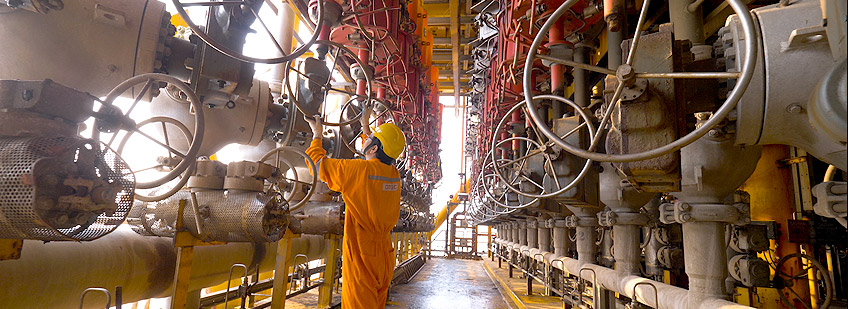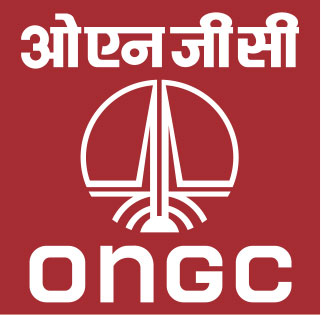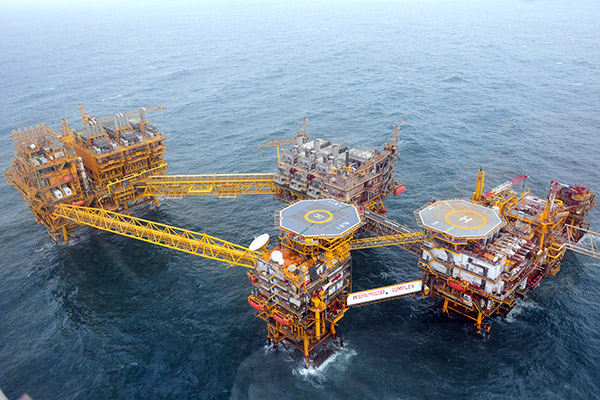
Constant efforts by ONGC, one of the leading upstream petroleum companies in India, on the production front have yielded meaningful results.
Its strong production growth of 4 to 5 per cent is essential for ONGC to maintain its leadership in India’s hydrocarbon space and provide the country hydrocarbon security. With 4 to 5 per cent growth, ONGC aspires to increase its share in India’s hydrocarbon consumption from the current 22 per cent to 27 per cent by 2030.
Through Energy Strategy 2040, ONGC has set a target to double its Oil and Gas production from its domestic, as well as overseas fields by the year 2040. ONGC also plans to expand its refining capacity three-fold alongside diversification into renewables.
The strategy document outlines Vision 2040 for ONGC, which could help the group to achieve the following:
- 3 times revenue distributed across E&P, Refining & Marketing and other business.
- 4 times current PAT with 10% contribution from non-Oil & Gas business.
- 5~6 times current market capitalization
Production Performance
| Particulars | FY’21 |
|---|---|
| Crude Oil–ONGC (MMT) | 19.172 |
| Crude Oil–JVs (MMT) | 2.260 |
| Condensate (MMT) | 1.102 |
| Total Crude Oil (MMT) | 22.533 |
| Gas – ONGC (BCM) | 22.096 |
| Gas – JVs (BCM) | 0.720 |
| Total Gas (BCM) | 22.816 |
| Value Added Products (KT) | 3120 |
Production & Processing
In pursuit of enhancing hydrocarbon ONGC makes constant efforts to induct state-of-the-art technology for higher precision and real time data acquisition in reservoir characterization. The recent endeavour is the deployment of wireless Surface read out technology during the Drill Stem Testing Operation in Well WO-24#3.
Reservoir Management
Reservoir Management begins with exploration leading to discovery followed by appraisal of the reservoir, development of the field under primary and secondary means, IOR and EOR, and finally to abandoned.
Boosting oil recovery from mature fields needs bold investment decision and induction of new technologies. A judicious mixture of classical and new technologies has created the opportunity for new life for the mature offshore reservoirs. Mature field development practices can be divided into two major groups, Surface / well engineering and Sub-surface / reservoir engineering. With increasing rig cost conventional perforations have been practically eliminated by exposing larger reservoir section for production / water injection and in the process increasing drainage area and reducing well spacing.
Oil Fields in India with a sub-surface pressure of more than 10,000 psi and temperature of more than 350ºF are classified as HP-HT reservoirs. ONGC has prioritized HP-HT/Tight/Deeper plays in KG, Cauvery, Western Offshore Basin and Assam & Arakan Fold belt where such environment have been encountered during exploration for deeper pays. These plays have been an exploration challenge for drilling as well as for testing.
Transportation
As much as ONGC is widely known today as the largest oil producer, little known is the fact is that ONGC was the pioneer in gas marketing in independent India. Barring the Hazira-Bijaipur-Jagdishpur (HBJ) pipeline, the regional gas pipeline networks in the States of Gujarat, Maharashtra, Assam, Tripura, Andhra Pradesh and Tamil Nadu, and gas sale contracts with customers were made by ONGC. However, gas marketing was transferred by ONGC to GAIL in May'92 on the direction of GOI.
Looking for a larger role in the global offshore production scene, ONGC wants to participate in transnational hydrocarbons pipeline projects. The company, which has an understanding with Russia’s Rosneft for oil and gas explorations in offshore Arctic, now wants to tap opportunities in direct transportation of hydrocarbons from Russia and Central Asia to India.
State-owned Oil and Natural Gas Corp (ONGC) has over a dozen natural gas discoveries, which it plans to put them to production in phases. Gas from offshore is to be brought from where it is to be taken to users through existing gas transporters.


